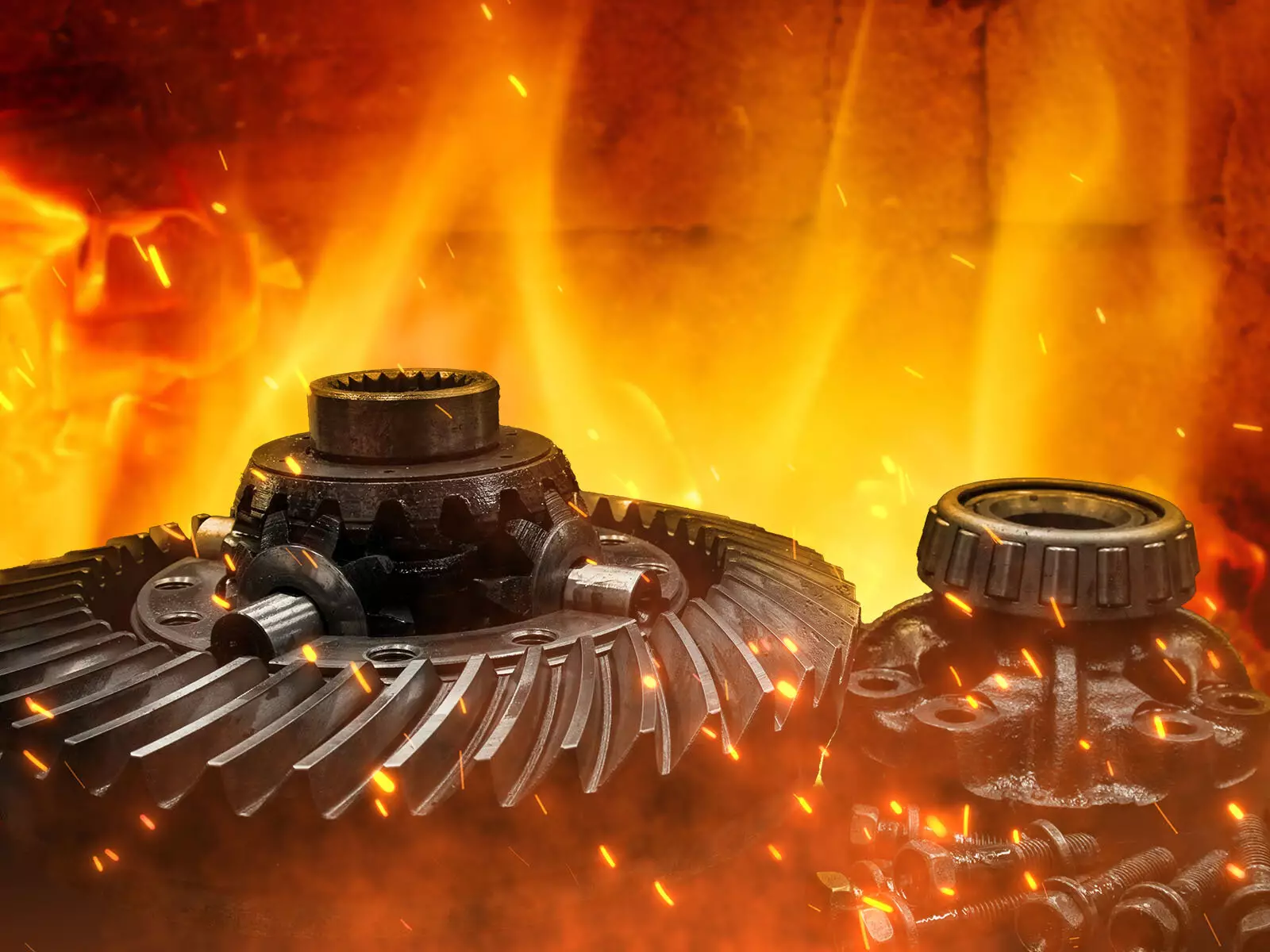Stainless steel has long been a favorite material for chefs and cooks due to its durability, resistance to rust, and even cooking characteristics. One of the secrets behind the popularity of stainless steel lies in the presence of chromium, which reacts with oxygen to create a protective coating. This thin layer shields the steel beneath it from corrosion and degradation, making stainless steel a desirable choice for various applications.
Scientists and engineers are constantly seeking ways to create alloys that can withstand extreme environments. These include scenarios like nuclear fusion reactors, hypersonic flights, and high-temperature jet engines. One of the approaches being explored is the development of multi-principal element alloys or high-entropy alloys. These alloys consist of a combination of multiple metals in equal proportions, offering enhanced properties such as strength, toughness, and corrosion resistance.
A recent study conducted by a multidisciplinary research team from the Department of Energy’s Pacific Northwest National Laboratory and North Carolina State University has made significant strides in predicting the behavior of high-entropy alloys in high-temperature oxidative environments. By combining atomic-scale experiments with theoretical models, the researchers have developed a tool that can forecast how these complex alloys will respond to such conditions.
In their experiments, the research team focused on studying the degradation of a high-entropy alloy known as the Cantor alloy, which consists of cobalt, chromium, iron, nickel, and manganese in equal amounts. Through advanced atomic-scale techniques, the team observed the formation of oxides on the alloy and identified the migration patterns of different elements within the structure. By introducing a small amount of aluminum, the researchers discovered that aluminum oxide could serve as a barrier, reducing overall oxidation and enhancing the alloy’s resistance to degradation at high temperatures.
The study uncovered universal rules that can be used to predict the oxidation behavior of complex alloys. Computational models, such as the Preferential Interactivity Parameter, have been developed to forecast the oxidation process in these alloys. The ultimate goal is to quickly design new alloys with exceptional high-temperature properties by leveraging predictive models and rapid sampling techniques.
Moving forward, the research team plans to explore automated experimentation and additive manufacturing methods to expedite the evaluation of promising alloys. The integration of advanced artificial intelligence tools will enable researchers to identify optimal combinations of elements that facilitate the formation of protective oxides. By embracing a collaborative approach and incorporating cutting-edge technologies, the team aims to advance the field of alloy development and enhance our understanding of novel materials.
The journey towards developing oxidation-resistant alloys with superior properties is a complex yet rewarding endeavor. By leveraging innovative research techniques and predictive models, scientists and engineers are poised to revolutionize the world of materials science and unlock the full potential of high-entropy alloys.


Leave a Reply